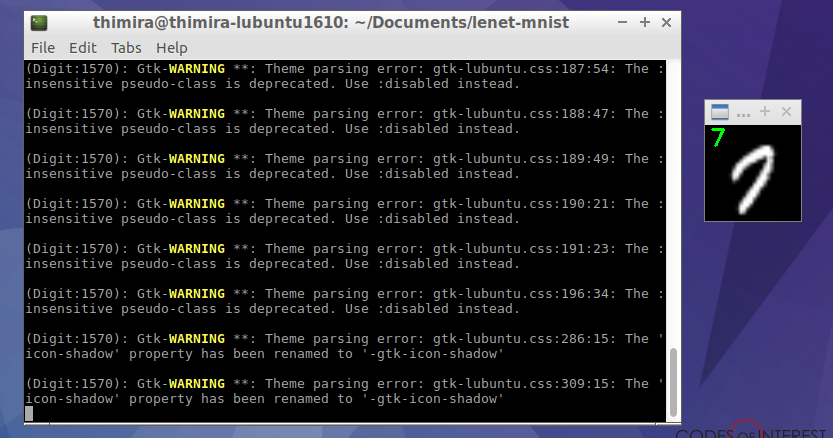

If you use small steps, then you can even see how Python evaluates your expressions. Steps follow program structure, not just code lines. Press F6 for a big step and F7 for a small step. Just press Ctrl+F5 instead of F5 and you can run your programs step-by-step, no breakpoints needed. Once you're done with hello-worlds, select View → Variables and see how your programs and shell commands affect Python variables. (You can also use a separate Python installation, if necessary.) The initial user interface is stripped of all features that may distract beginners. Try this method it worked for me.Thonny comes with Python 3.10 built in, so just one simple installer is needed and you're ready to learn programming. To see if you have installed it successfully, fire up your Python and issue the following command: import cv2 # import the opencv libraryĬv2._version_ # this will print the version of your opencv3 This should install OpenCV in your Anaconda. If the version of python install in your Anaconda is 2.7, the command above should install OpenCV 3.1, but if the version of your python is 3.5, then you should change 'opencv' in the last line to 'opencv3' conda install -c menpo opencv3 If you have the Anaconda python distribution installed in your system, you can issue this command (assuming you are working on linux) fire up the terminal: conda install -c menpo opencv I personally installed it myself so just try follow along with these instructions. I found this site which gives instruction on how to install opencv3

Tool called 'conda' that is available in your terminal once you have installed I think you don't need to build OpenCV for anaconda, there is this very handy conda install python=3.5Ĭonda install -c menpo opencv # whicheverĬonda install -c menpo opencv3 # you need Use "conda info " to see the dependencies for each package. If you are getting an error like the following: UnsatisfiableError: The following specifications were found to be in conflict:


 0 kommentar(er)
0 kommentar(er)
